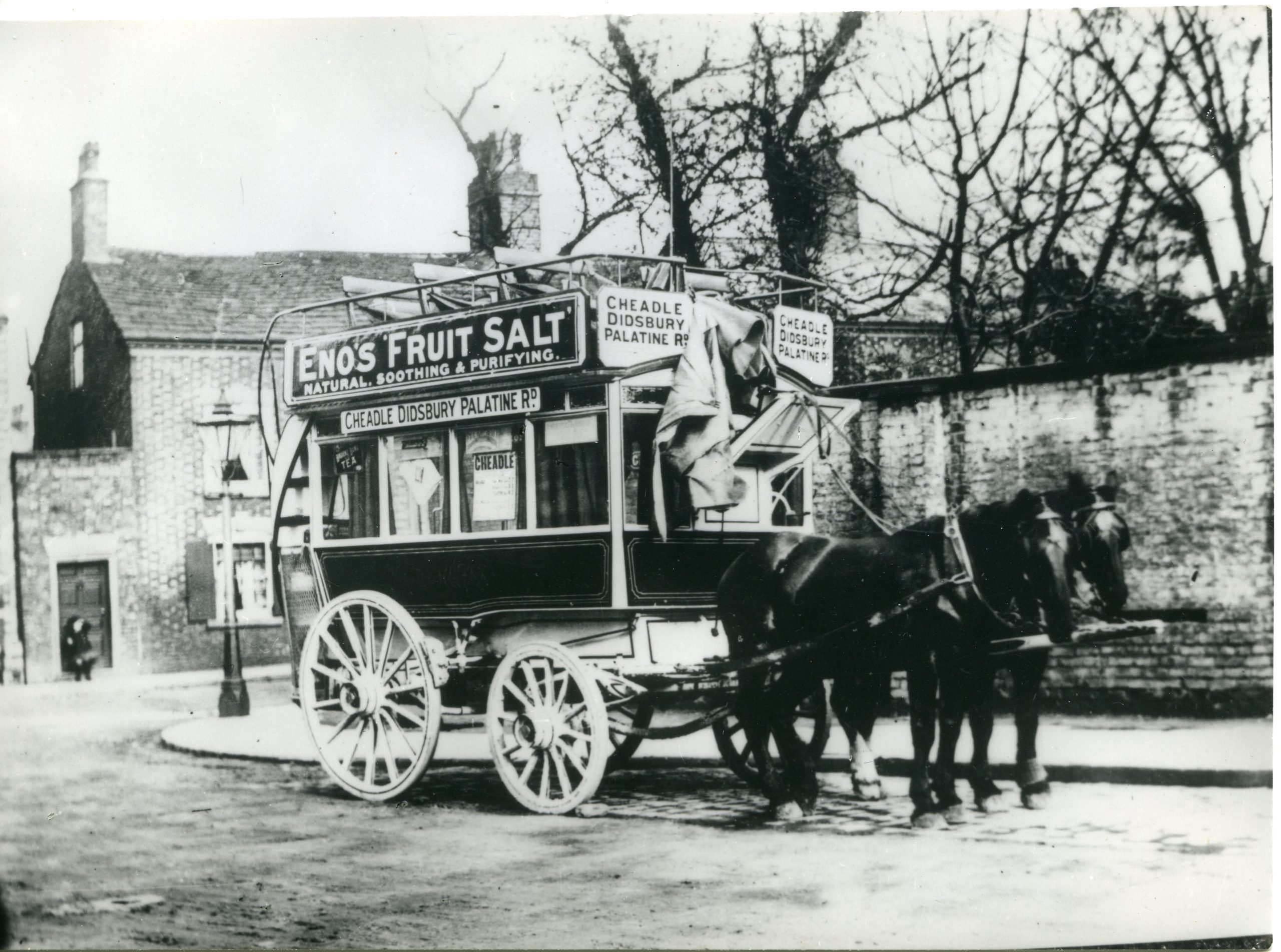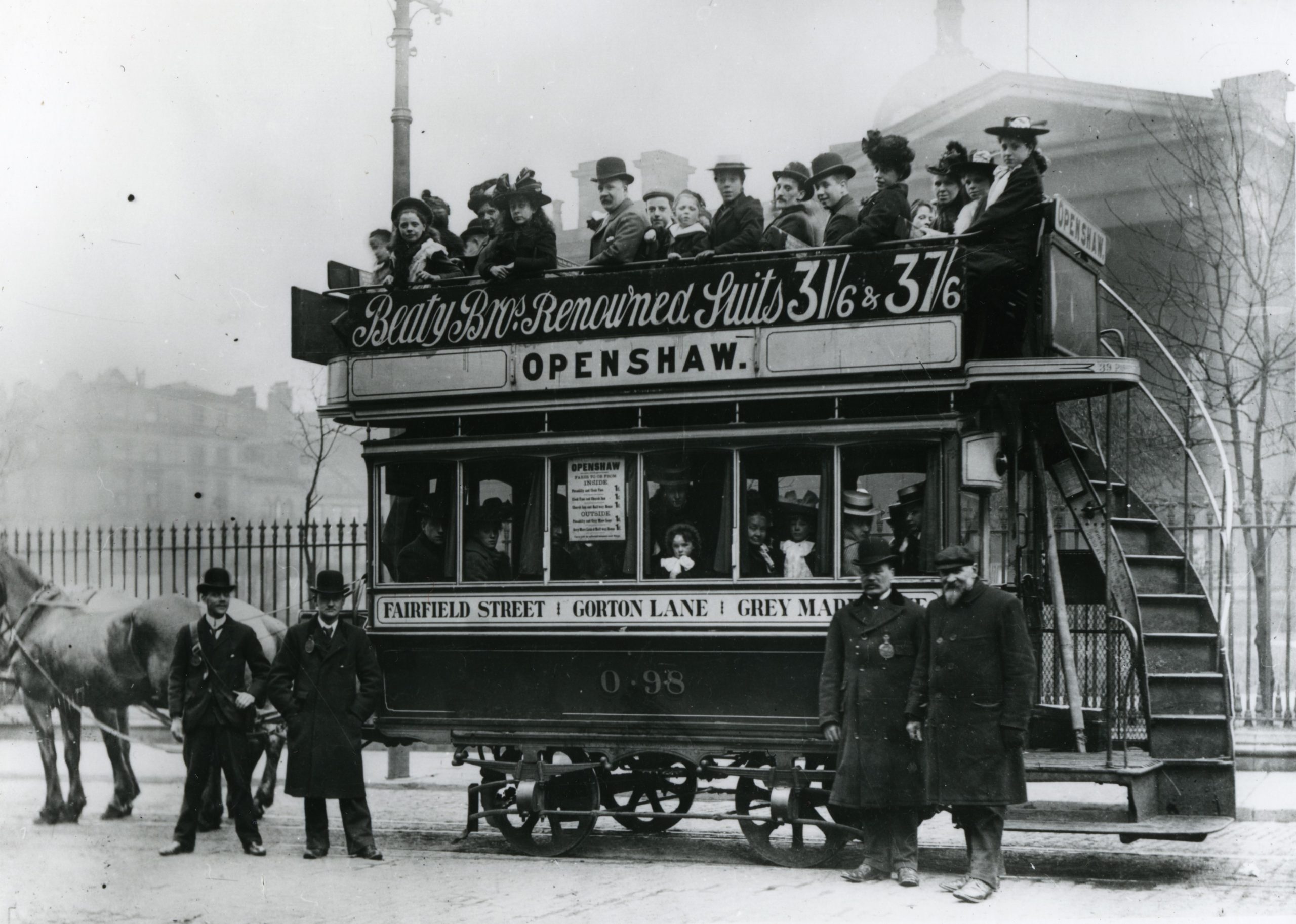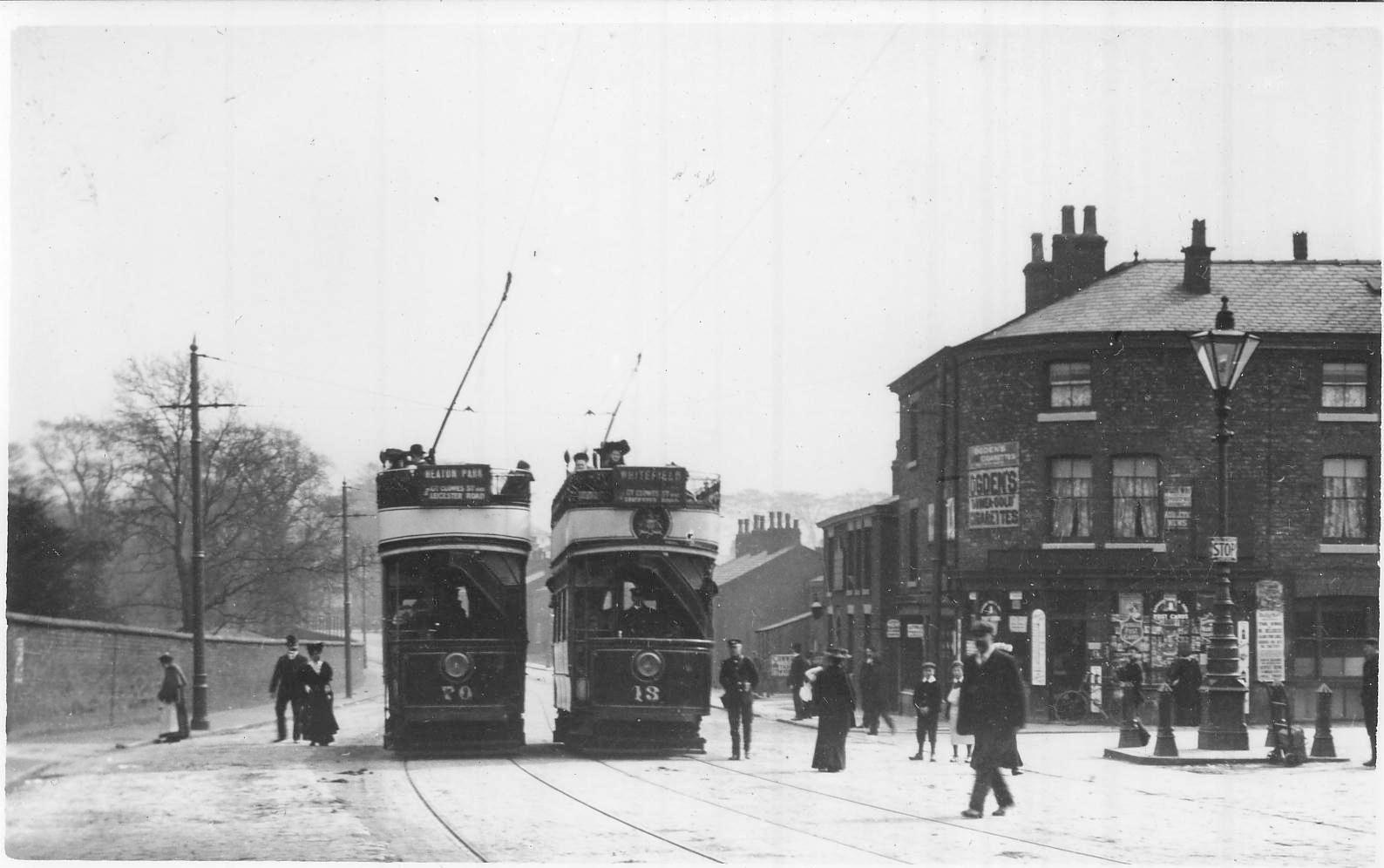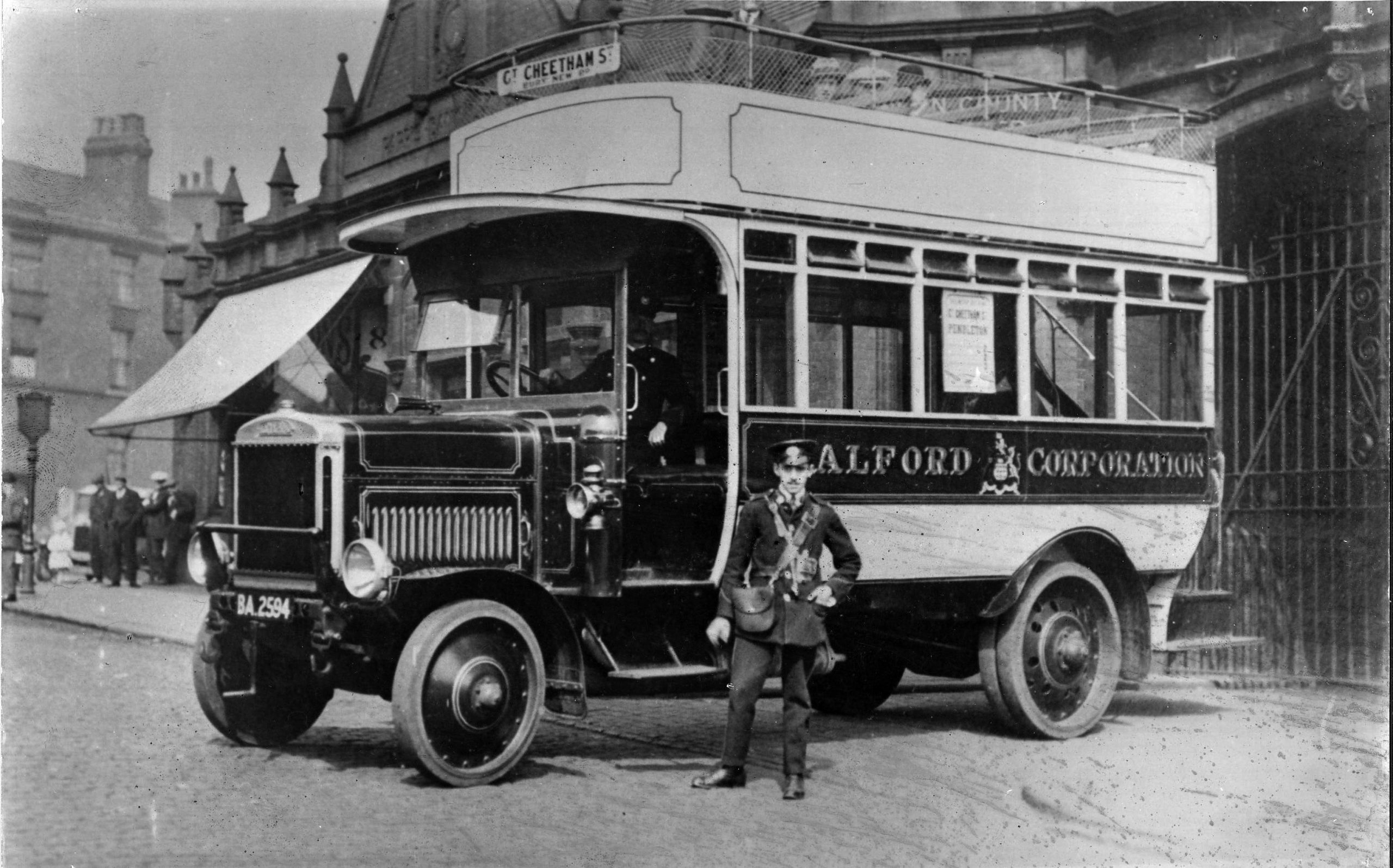
The first ever bus service was created in Salford by John Greenwood, a seemingly ordinary bloke who revolutionised transport services across the UK.
John was born in 1788 in the small village of Heptonstall, West Yorkshire and originally worked as an apprentice corn miller. However, it appeared fate had a bigger plan for John as he had to give up his career in corn milling due to injury.
He began his career as a tollgate collector in Burnley and then later moved to Salford, where he set up his tollhouse in Pendleton in the 1820s.
Proud Historian, Paul Williams at the Museum of Transport Greater Manchester explained to SalfordNow: “The roads at the time were terrible so there was an act of parliament set up called turnpike trusts.
“What that meant was, they were given the power to build a road and in return, they were allowed to charge a toll for people passing through.”

A tollkeeper would be stationed every few miles and they would have a toll house window so they could see people using the road and charge them accordingly.
It was here, at his toll house in Pendleton, where John Greenwood saw the very early signs of commuting.
“People were starting to go to the office (in Manchester) because at that time Pendleton was a place of big houses. It was quite a prosperous area,” Paul added.
John, being the admirable entrepreneur he was, recognised the need for a frequent, reliable commute service into Manchester where no pre-booking was required.

Of course, there had been stage coach services for a long time before John, however, these would require pre-booking and the journeys were often long and tiresome.
Paul explained: “To give an idea, there was a coach that ran at 6am every day from Manchester to Blackpool in the 1780s, it got to Blackpool early evening.
“So in other words it was about 13 to 14 hours.”
John created the first immediate “stick your hand out bus service” that ran from a spot in Pendleton (where St Thomas’ Church is now) to Market Street in Manchester on January 1 1824.

The new, innovative service costs six old pence, which transfers to two and a half pence in modern money. Although this certainly doesn’t seem a lot now, this was considered to be quite expensive at the time and so bus services were specifically targeted towards middle class commuters.
Each bus (carriage) would fit around eight or nine people, with the majority sitting inside the bus and then another three or four sitting on the roof, next to the driver.

John’s special service was a roaring success with commuters of the time and it was not long before he had to bring in more buses that ran more frequently.
Paul added: “More routs opened up and it became quite a feature in Manchester and they were known as bees, because they were like busy bees, so there is that echo of a loop to the Bee Network we have today.”
The word of his bus service spread throughout the UK and other areas soon followed suit.
“Personally I think it’s a really nice thought that Salford was five years ahead of London.

“London’s first bus wasn’t until 1829, Greenwood had been running buses in Salford for five years by then. Salford was first, Salford had the first bus in the country.”
John managed to form his own transport empire in Manchester by founding The Manchester Carriage and Tramways Company. His company, which he later passed onto his son, (also called John) had an outstanding run in Manchester until around 1900/1901. During this time there was a change in law and all of the company’s operations were compulsorily bought by the surrounding councils.

Unfortunately, there are no pictures or illustrations of John, so his identity is somewhat unclear.
Paul added: “He sounds really interesting and it’s a shame we don’t know much more about him because he wasn’t born into nobility; he was just a poor bloke from Heptonstall.”
Regardless of his upbringing John Greenwood is considered, certainly to SalfordNow, one of Salford’s greatest entrepreneurs yet.
The Museum of Transport, Greater Manchester has launched a year of celebrations to mark 200 years of buses in Britain, paying homage to local people like John Greenwood
To find out more about these events click here.
All images are credited to the Museum of Transport, Greater Manchester















One Comment